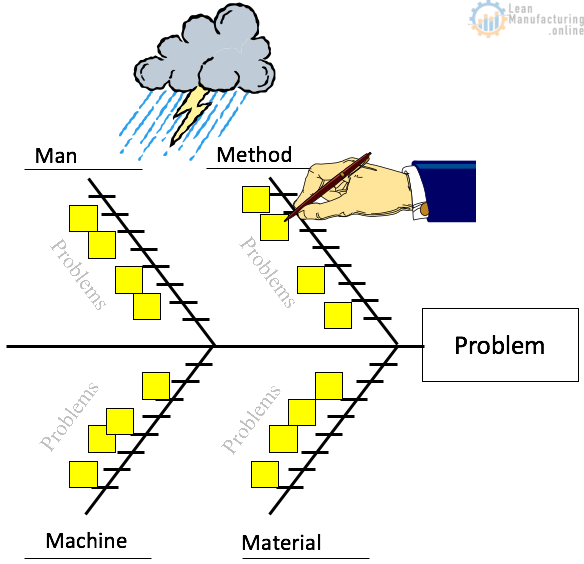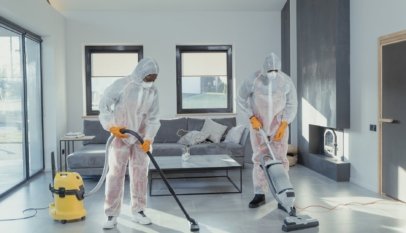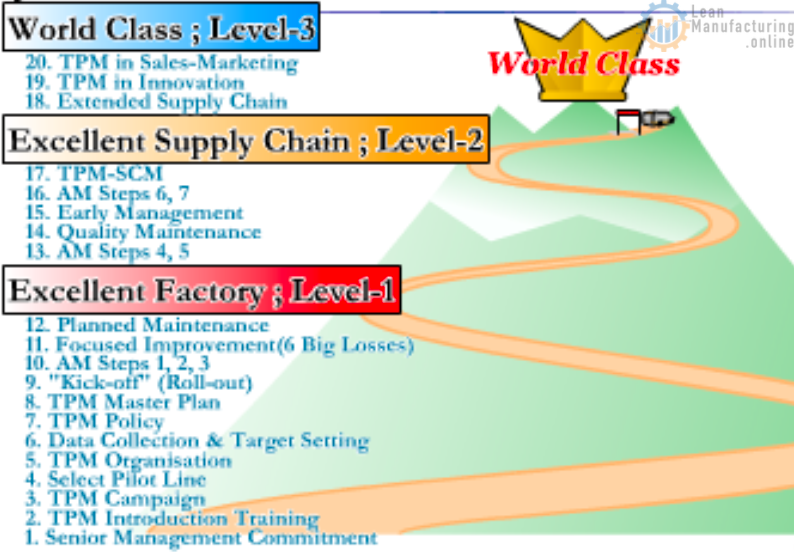A program to reduce operational steps and improve the overall cleanliness of a work area making it safer and more productive.
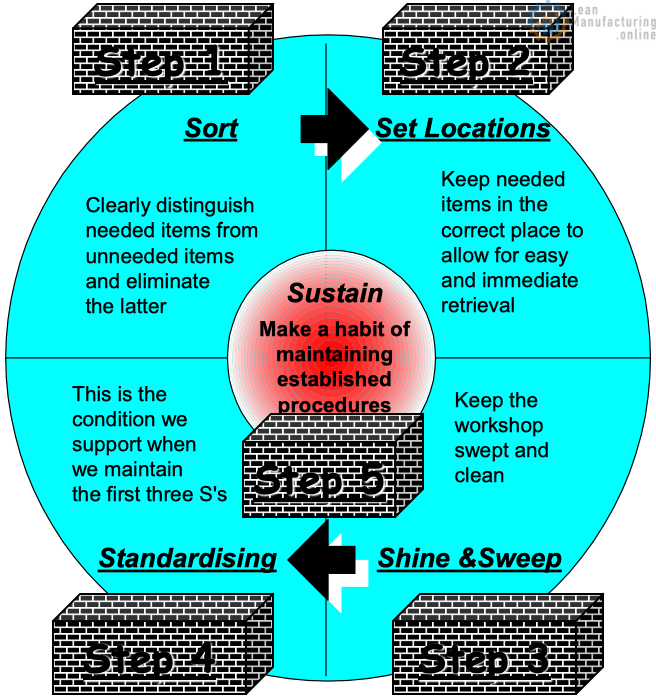
Step 1. Sort
Removing from the workplace all items that are not needed for current production operations. Leaving only the bare essentials:
- Sort out what is really necessary and eliminate waste.
- Broken, useless, and/or redundant kits need to be discarded.
- The remaining needed kits must be sorted and arranged by frequency of use.
- Parts need to be put back in the parts room.
- Empty cabinets of non-essentials.
To do this you may need to develop a policy or fix some rules, i.e
Low priority items may be stored in a distant place.
High priority items may be kept in a designated area.
Tag questionable items and allow everyone to make a final decision.
The team should agree to the rules and stick to them.
Step 2. Set Locations
Arranging tools, equipment, and materials with clear and defined marking so they will be easy to find and readily available when needed.
Useful checkpoints for an organized workplace:
- Are tools divided into “specialized use” and “regular use” items?
- Is the number of tools required kept to a minimum?
- Are pallets, waste bins, hoses always placed in the correct location?
- Is anything stored around safety or fire fighting equipment?
- Are positions of main corridors and aisles clearly marked?
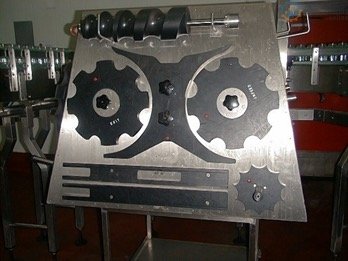
- Can you immediately and safely find the items you need?
Quick List:
- Layout of equipment
- Shadow boards
- Changeover cabinets
- Supply staging
- Workflow
- Floor layout markings
Step 3. Shine & Sweep
Keeping the area clean and keeping equipment in top condition. Maintaining the first two 5S Steps. Inspecting and improving the overall area and equipment.
Shine & Sweep – How to do it?
- Dividing zones/dividing roles
- Indicate the role each person is to play (area of responsibility)
- Responsibility maps and checklists are effective
- Implement Shine & Sweep by area/equipment
- Careful and systematic Shine & Sweep of particular areas and equipment will help spot potential problems
- Not simply wipe off dust – Shine & Sweep is Inspection.
- Implementing improvements
- Speed up the Shine & Sweep process
- Make difficult/dirty places easier to reach and access.
- Eliminate sources of contamination.
- Defining rules for the team
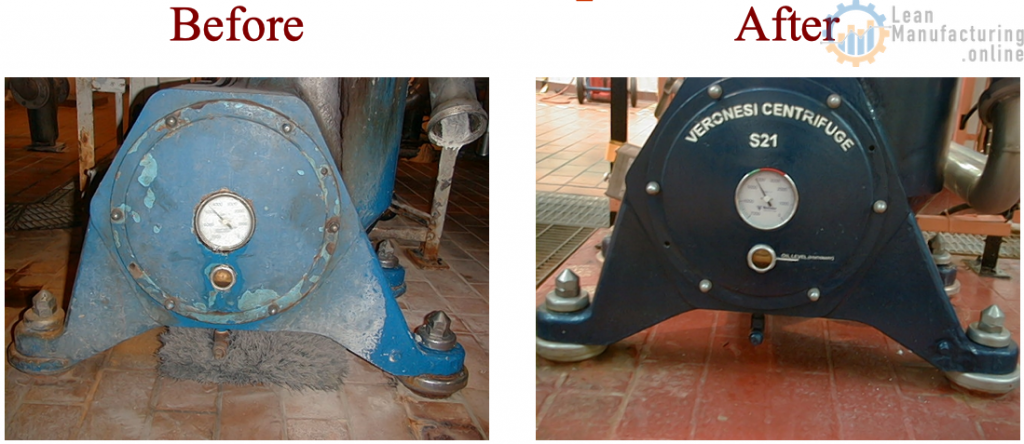
Step 4. Standardization
The state that exists when the first three 5S Steps – Sort, Set Locations, and Shine & Sweep – are properly maintained.
- People should have clear job assignments based on their own workplaces.
- A useful tool is a 5S Map:
- it shows how the workplace is divided into sections and lists names of the people responsible for maintaining 5S conditions in those areas;
- it makes 5S job assignments visible at a glance.
Shine & Sweep schedules -> Self Assessment
Shine & Sweep standards -> Self Assessment
Shine & Sweep check sheets -> Self Assessment
Shine & Sweep assessments -> Self Assessment
Step 5. Sustain
Making a habit of properly maintaining correct procedures.
Sustain – Important Hints
- Total team involvement and focus on the challenge is vital
- Develop complete visual control to make maintaining the standards as easy as possible Remember it’s about working smarter not harder!
- Use Fixed position photographs of before, during, and after to display your efforts.
- Use specific audits to evaluate your 5S effectiveness
SELF!!! Sustain
- Working together
- Pride in your accomplishment
- Taking ownership and maintaining what you have started.

5S – Hints to start up
- Select a Pilot area for “5’sing” (five-asing)
- Document the current situation. Photograph
- Conduct a Risk Assessment
- Define what can be achieved. Set the Vision
- Establish resources required
- Plan the approach and communicate
- Share equally the responsibilities
- Monitor via auditing
- Measure the benefits
- And of course…Continuously Improve!!
5S – Syndicate Exercise
- Team Presentations;
- Prepare an Activity Board;
- Identify (3) and write/draw (1) OPL for each “S”;
- Syndicate “1”: Production Office;
- Syndicate “2”: Main Conference room;
- Syndicate “3″: Training Rooms;
- The 5 “S’s” are – Sort, Set Locations, Shine & Sweep;
- Standardize and Sustain.



